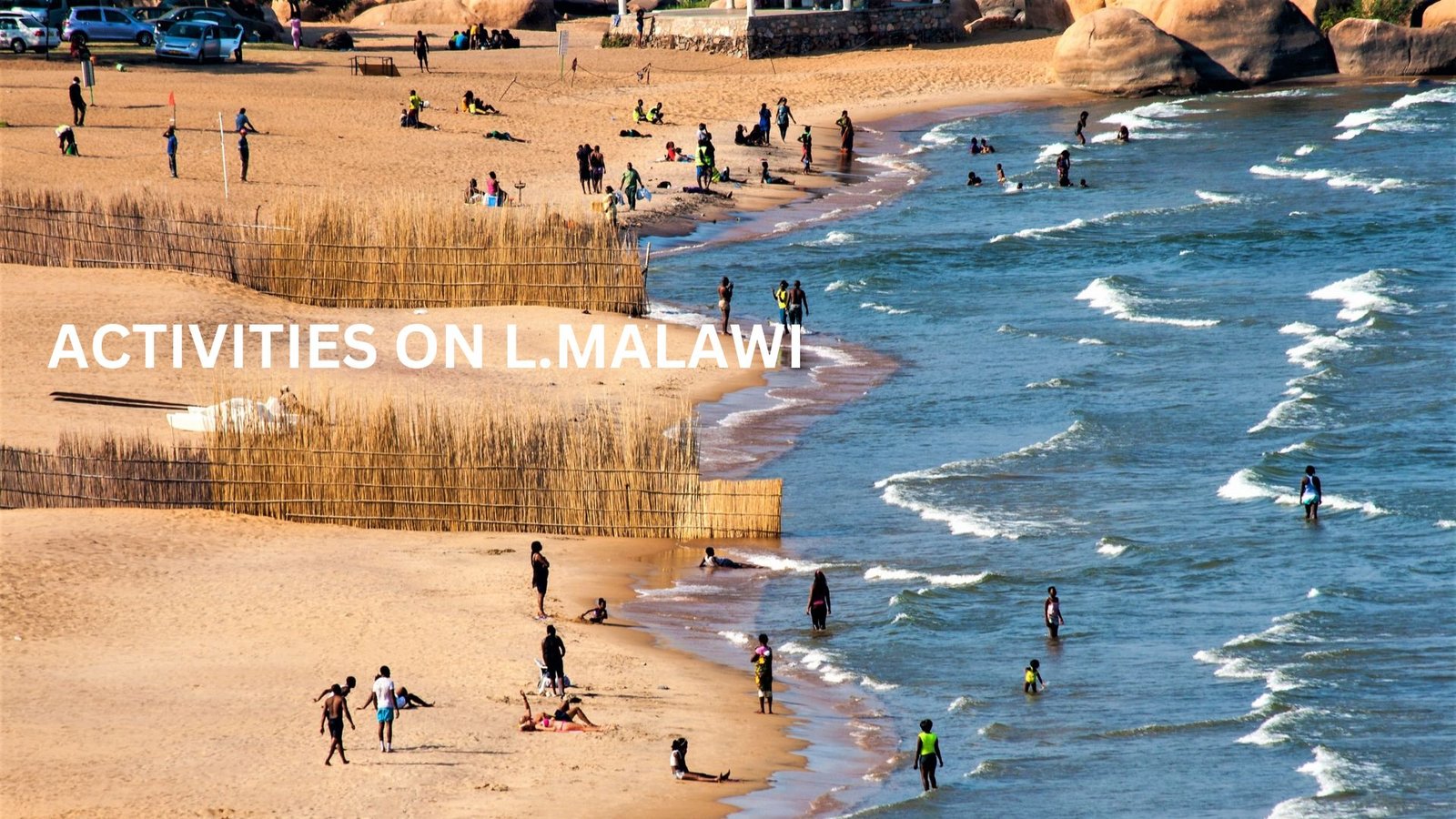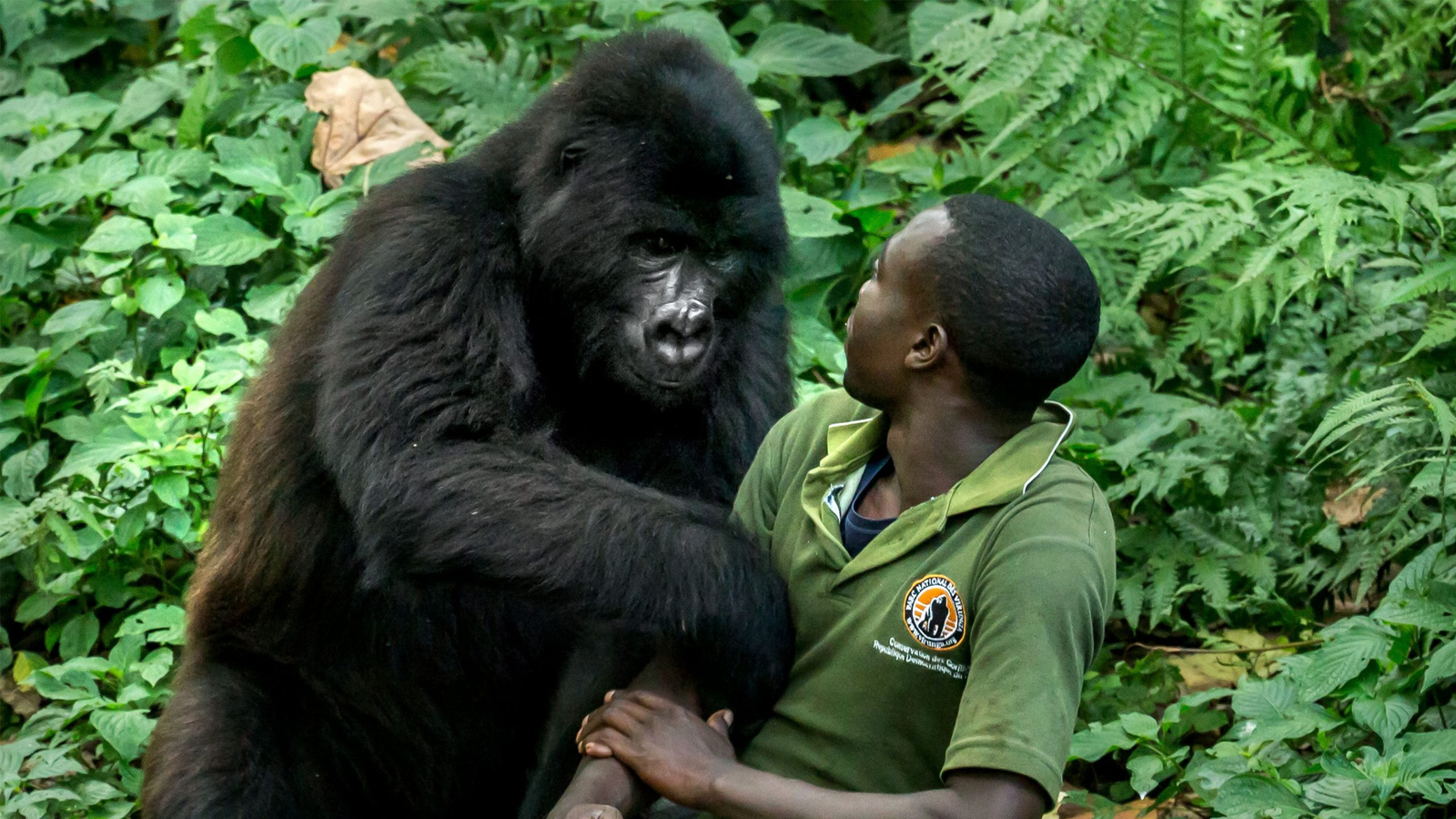
- Volcanic Activity: The Kasenda Crater Lakes were formed as a result of past volcanic activity in the area. The region is part of the East African Rift System, a tectonic plate boundary where the African Plate is splitting apart. This geological activity has led to the creation of volcanic mountains, including those in the Rwenzori Mountains range.
- Caldera Formation: The volcanic eruptions in the area occurred thousands of years ago and resulted in the formation of volcanic craters. A volcanic crater is a bowl-shaped depression that forms at the summit or on the flanks of a volcano. Over time, some of these craters collapsed further to form larger depressions known as calderas.
- Water Accumulation: As the volcanic activity subsided, the calderas and craters gradually filled with water from rainfall, underground springs, and runoff from the surrounding hills. The accumulation of water transformed the depressions into the beautiful crater lakes that we see today.
- Variations in Size and Depth: The Kasenda Crater Lakes vary in size, depth, and characteristics. Some lakes are relatively small and shallow, while others are larger and deeper. The variations are a result of the specific geological processes that occurred during the volcanic activity and subsequent erosion and sedimentation over time.
- Unique Landscape: The Kasenda Crater Lakes region offers a unique landscape characterized by rolling hills, lush vegetation, and the glistening waters of the crater lakes. The interplay of colors, with different lakes exhibiting various shades of blue and green, adds to the scenic beauty of the area.
- Biodiversity: The lakes and the surrounding wetlands in the Kasenda Crater Lakes region support a diverse array of plant and animal species. The area provides crucial habitats for various aquatic life, including fish, amphibians, and waterfowl. The lakes are known to host a variety of fish species, some of which are endemic to the region. The wetlands surrounding the lakes are also important breeding grounds for amphibians and provide feeding areas for waterfowl.
- Avian Diversity: The Kasenda Crater Lakes region is a haven for birdwatching enthusiasts. The diverse habitats, including the lakes, wetlands, and surrounding forests, attract a wide range of bird species. Visitors can spot numerous colorful and endemic bird species in the area, making it a paradise for birdwatchers. Some of the bird species found in the region include the African fish eagle, malachite kingfisher, African jacana, and several species of herons and egrets.
- Forest Ecosystems: The Kasenda Crater Lakes region is surrounded by lush forests that are part of the larger Rwenzori Mountains range. These forests are home to a variety of flora and fauna, including primates, small mammals, and a rich diversity of bird species. The forests play a vital role in maintaining the ecological balance of the region and act as corridors for wildlife movement.
- Water Conservation: The Kasenda Crater Lakes serve as natural reservoirs, accumulating water from rainfall, underground springs, and runoff from the surrounding hills. They play a crucial role in water conservation and contribute to the local water supply. The lakes also help regulate the water flow in the region, reducing the risk of floods during heavy rainfall.
- Conservation Efforts: The ecological importance of the Kasenda Crater Lakes has led to conservation efforts in the region. Local communities, conservation organizations, and government agencies work together to protect the lakes and their surrounding habitats. Initiatives focus on sustainable tourism practices, habitat restoration, and community involvement to ensure the long-term preservation of the ecological integrity of the region.



